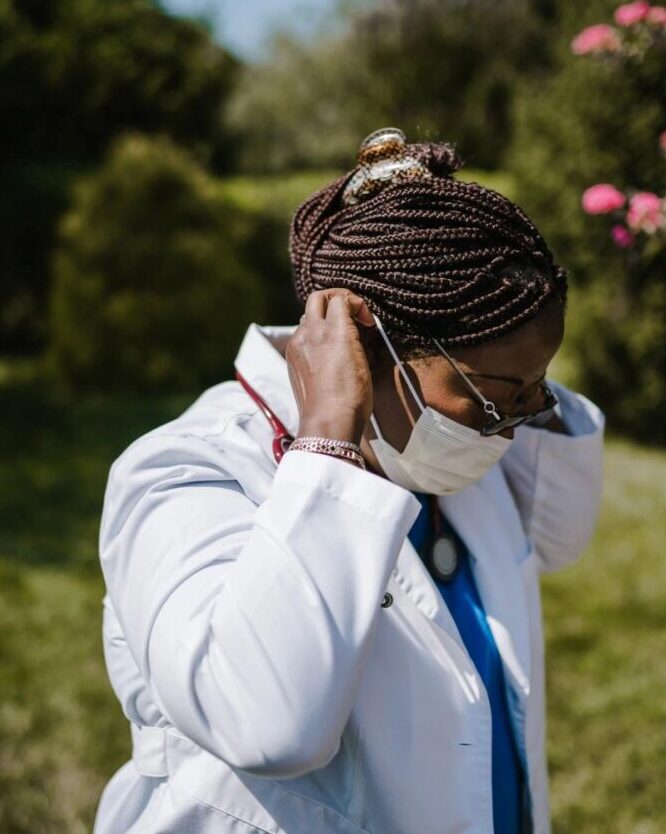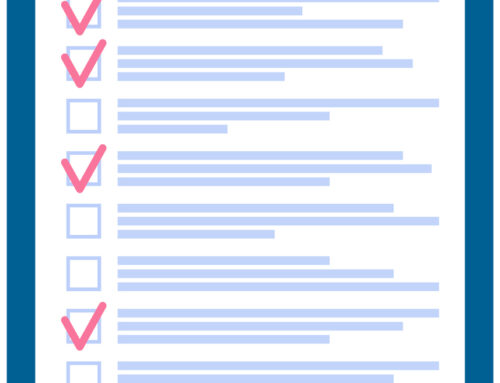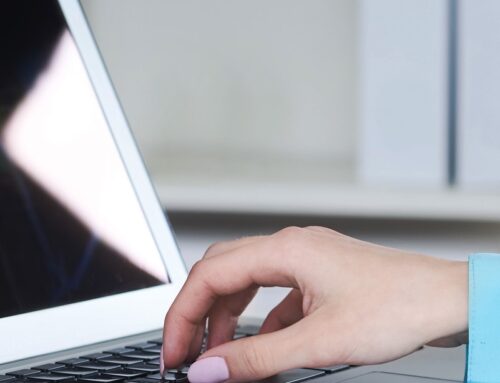The past year’s been a roller coaster ride for medical testing laboratories: the early Covid-19 restrictions resulted in lower testing volumes as many would-be orders became “testing that can wait.” In response, some labs pivoted to testing for the virus – or had to due to state mandates. The most recent twist in this storyline is the current slowdown in testing making many lab leaders ask, “now what?”
Examining the changes that took place, at least 48% of labs adopted new testing methodologies in response to the pandemic. Of those that made such changes, Covid-related testing soon started accounting for 55% of the total volume over peak pandemic months. However, as of early April 2021, testing has decreased by 28% since February.
Looking at our client base, this decrease has impacted some labs which are now tapering back reporting integration efforts with some states due to decreased volume. For one client, Covid-19 testing accounted for 15% of their volume but they were fortunately able to grow other parts of their business and have created plans to use equipment purchased for Covid-19 testing for other tests in the future.
Given these recent ups and downs, the many considerations and options, some labs are still determining what they should do next. Here are some healthcare industry facts that may help drive those decisions:
- About 25M people will be part of the long haul covid population
- 62% of severe Covid-19 disease presented hypertension and chronic respiratory disease
- So, there will be an interest in therapeutics for these relationships that need to be studied
- Consequently, infectious disease scientists will have interest in monitoring all related factors
- This all means: real world evidence will be needed for their studies
Given these points, pharmaceutical companies will need to work with clinical labs to source Covid-19 samples as well as testing data after the pandemic ends to address required research. This will give them the real-world evidence they need for efficient therapeutic development and data from labs can be leveraged to help them accelerate it.
Much of what we’ve learned on this subject comes from a recent Webinar on “Life After Covid” and some interesting polls were taken during the session. One question that was asked of the attendees was about if they had plans to use their leftover samples. The results were 22% did have plans for them but 78% admitted to having no plans at all.
But then those same attendees were asked if they would like to get involved in life-saving research by repurposing their samples and 91% of them said they would. So, the Webinar explained how labs could. They shared the keys to participating in research for labs: the right volume and diversity of samples, as well as be able to easily link them with clinical and diagnostic data. There would be other factors to manage like the need to de-identify both data and specimen use, as well as get changes to consent.
But with some paper processing and management implementations at the lab, a new line of business after the pandemic can be pursued. C4 can further share how to participate in these new opportunities in the clinical research study area. So, if you’re interested, reach out to us and we’ll pass along the pertinent information we have on the subject.






